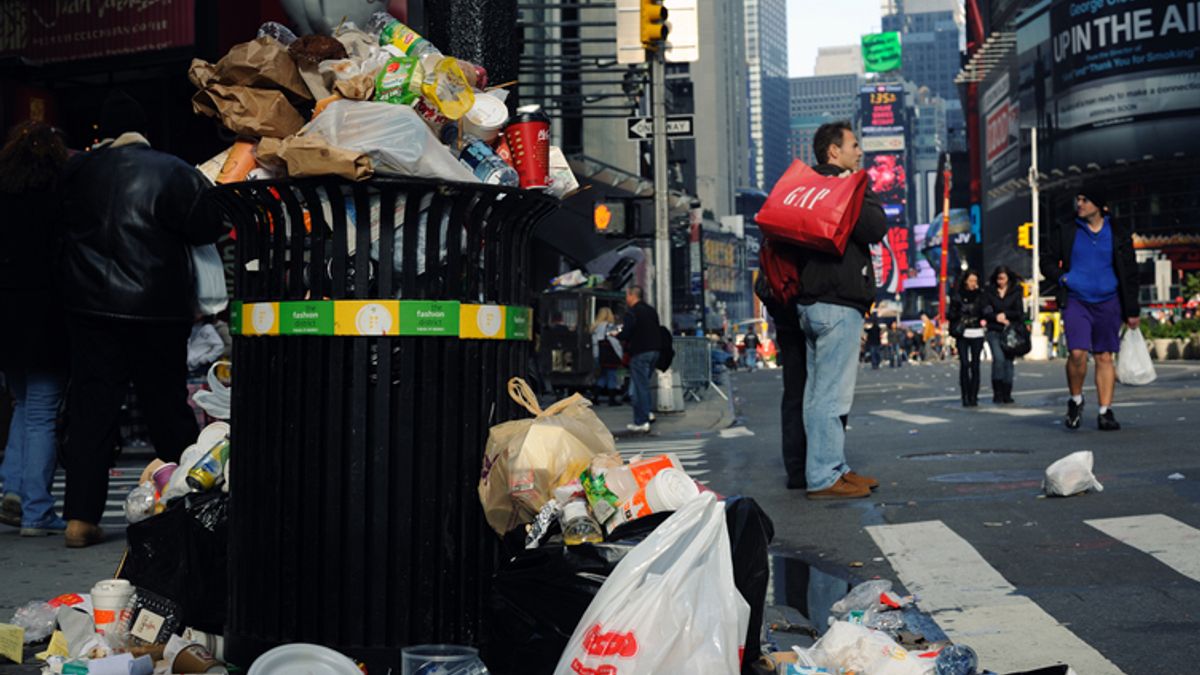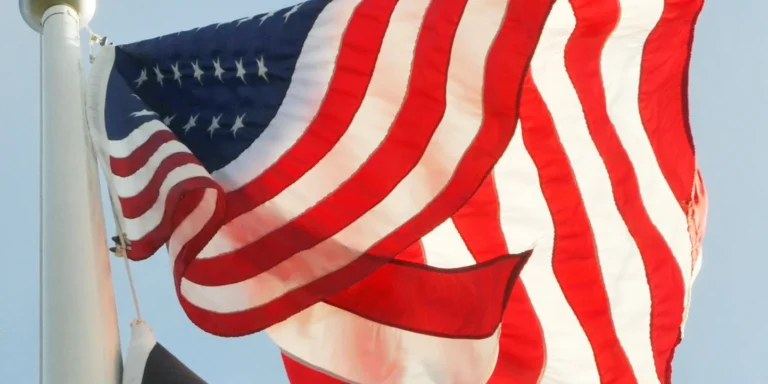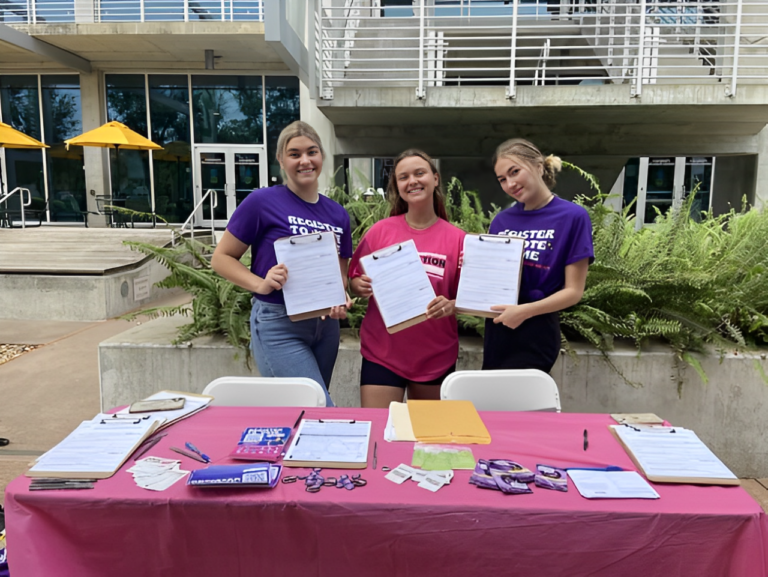When you think of America’s dirtiest cities, images of New York’s filthy sidewalks, grimy subway cars, and rat infestations might come to mind. However, a recent study by LawnStarter has upended these expectations by naming Houston, Texas, as the nation’s dirtiest city, dethroning Newark, New Jersey, from the top spot.
Surprisingly, New York City, notorious for its urban grime, didn’t even make it into the top 10, landing instead in 12th place. This revelation has sparked discussions about urban cleanliness and the factors contributing to these rankings.
Houston’s new, unenviable title stems from several key issues: terrible air quality, crumbling infrastructure, and an overwhelming number of pests invading homes. According to LawnStarter’s sister site, PestGnome, Houston has the worst cockroach problem in the country, with the city crawling with these creepy critters. Southern cities, in general, seem to be a haven for cockroaches, with San Antonio, Texas, and Tampa, Florida, joining Houston in the top three for infestations.
For those who find cockroaches particularly distressing, other cities pose different threats. Boston, Philadelphia, and Baltimore top the list for rodent-infested homes, highlighting a widespread pest problem that spans various regions of the United States.
California, despite its significant spending on cleaning efforts, has several cities that rank poorly in terms of cleanliness. San Bernardino, often referred to as the “armpit” of California, ranks fourth dirtiest due to its atrocious air quality. The cities of Riverside and Ontario, also part of the Los Angeles metro area, share this dismal status. These areas have seen orange groves and vineyards replaced by pollution-heavy warehouses, contributing to their declining air quality.
San Francisco, however, stands out as a relatively cleaner city in California. The city’s efforts, including a $72.5 million street cleaning spree in 2019 and an additional $16.7 million budget in 2023, have placed it among the cleaner half of US cities. Nevertheless, San Francisco continues to grapple with rising homelessness and a growing drug epidemic, issues that complicate its cleanliness efforts.

Dirty air isn’t the only issue plaguing cities; drinking water contamination is rampant in the Southwest. Except for Salt Lake City, every major city in the region violated the Safe Drinking Water Act in 2020. Las Vegas, which ranks 19th dirtiest overall, has the most unsafe water in the region, posing significant health risks to its residents.
Ohio faces its unique cleanliness challenges, primarily due to littering. The state has five cities with the highest share of smokers, leading to an onslaught of discarded cigarette butts despite local campaigns urging residents to kick the habit. This pervasive littering contributes significantly to the overall dirtiness of these cities.
Interestingly, many of the cleanest cities in the United States are coastal. Virginia Beach tops the list as the cleanest city, benefitting from its coastal location and perhaps the community’s commitment to maintaining its pristine beaches. However, proximity to water does not guarantee cleanliness; Fremont, California, and Winston-Salem, North Carolina, rank among the cleanest cities despite being inland.
Read More: International Operation: Venezuelan Gang Members Apprehended Far from Home!
Expect Condo Fees to Increase Due to New Laws Inspired by The Surfside Tragedy!
NYC’s ‘Hot Dog King’ and Disabled Vietnam Vet Says City Shut Down His Cart Again!
The study’s findings challenge preconceived notions about urban cleanliness and highlight the diverse factors that contribute to a city’s overall state of cleanliness. From air and water quality to pest infestations and littering habits, these elements combine to create the rankings that might surprise many. As cities across the nation continue to grapple with these issues, the hope is that increased awareness and targeted efforts will lead to cleaner, healthier urban environments for all residents.







+ There are no comments
Add yours